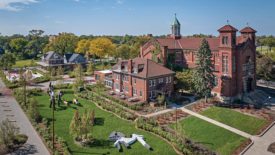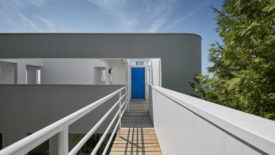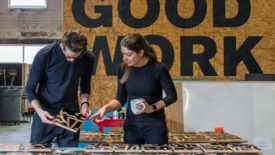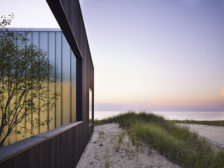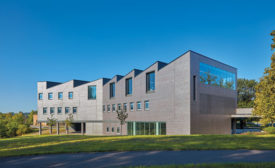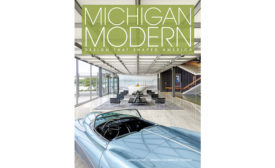Home » Michigan
Articles Tagged with ''Michigan''
The Future of Practice: Interview with Imani Day of RVSN Studios
The Detroit-based architect puts her focus on socially conscious work
Read More
The Future of Practice: Interview with Lisa Sauvé of Synecdoche
As part of a new interview series on the future of practice, RECORD spoke to Lisa Sauvé of the firm Synecdoche in Ann Arbor, Michigan.
Read More
Copyright ©2024. All Rights Reserved BNP Media.
Design, CMS, Hosting & Web Development :: ePublishing


